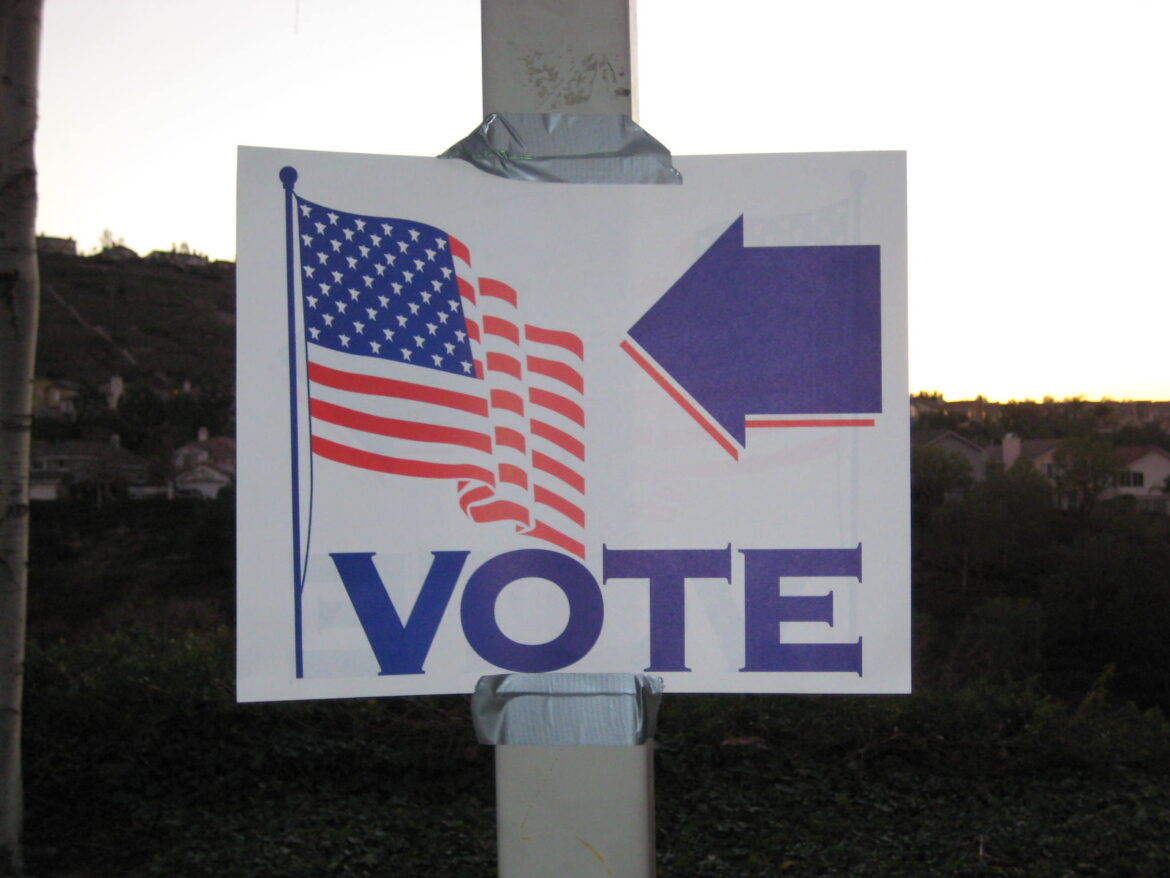The 2022 midterm elections in the US stand as a testament to just how powerful young people are when they harness the potential of social networks. It was reported that youth turnout that year was the second-highest in 30 years. Time and time again we are seeing young people show up for themselves.
The political climate over the last year has reached an all-time high, all over the globe. New issues have taken not just world leaders by storm, but voters as well. In this unprecedented time of ever-emerging obstacles, constituents across the world have had to re-evaluate who they want representing them in office. A noticeable trend has emerged in which today’s youth are forging a new political path for themselves and their futures. The impact of young voters is significant, as it has the potential to create great change and, in some cases, it already has.
If you were to ask a Gen-Z voter in the United States about where the country is headed, responses would likely be on the negative side. In the US in particular, politics have become somewhat of a spectacle, no matter which party you align with. It has left the population tired and discouraged, and the future looking bleak. Further, the compounded pressures of climate change, the pandemic, political turmoil, and global conflict have created an environment in which young people are starting to feel hopeless. This may be difficult for older generations to understand, as many problems we face today either did not exist in the past or were only just beginning to take form. Still, the challenges Gen-Z has been presented with are not light. Something that offers a glimmer of hope in all this chaos is this generation’s perseverance and dedication to change.
Gen-Z has long been labelled as “lazy” and “unmotivated” due to its connection to social media. In reality, young people have harnessed the internet as a unifying tool. People with new ideas and entire movements are coming together now more than ever. The prospect of an election makes people feel like they have a voice, and that things can actually change. A potential consequence of so much debate is increased confusion or uncertainty among undecided voters. It can be quite overwhelming to be faced with so many platforms trying to convey their messages. However, it is a method that seems to be working nonetheless. The 2022 midterm elections in the US stand as a testament to just how powerful young people are when they harness the potential of social networks. It was reported that youth turnout that year was the second-highest in 30 years. Time and time again we are seeing young people show up for themselves.
The recent election in France is a prime example in another country. In a shocking victory, a left-wing coalition called the New Popular Front, comprised of numerous leftist and centrist parties, won most of the seats in the nation’s parliament. The group is a strong advocate for increased public spending, higher minimum wages, and carbon neutrality legislation— issues which concern much of today’s youth. Opposing right-leaning parties displayed greater popularity among youth in the first round of votes, so this result was unexpected for many. A substantial contributing factor was the huge youth turnout for the left come the second round. Young people are becoming a point of influence for both ends of the ideological spectrum.
Further, the upcoming US election will stand as a historic one, regardless of who wins. There is an incredible amount of discourse at the moment regarding whether Gen-Z will turn out for Kamala Harris. Harris has recently been the subject of numerous viral social media trends that many hope will boost her campaign. For example, her team has leaned into the idea of “brat summer,” a fad which has taken the internet by storm after artist Charli XCX released her latest album, brat. The ‘brat aesthetic’ preaches originality, party culture, and high energy. Kamala HQ is posting on her social platforms using the album’s familiar lime green and blurred font, with the intention of grabbing Gen-Z’s attention.
In the past, Gen-Z has been particularly detached when it came to the 2024 election. For many, the idea of choosing between two senior citizens (again) seemed far from appealing. People want to see themselves in their government. This is why many believe Harris, an energized younger candidate, has a real chance in November. These social media trends are grabbing people’s attention, getting them curious about the election, and leading them to the polls. USA Today reported a massive spike in voter registration after Harris announced her candidacy. She is harnessing the power of American youth to propel her campaign forward, and it just might work. In this case, we’ll have to wait till the Fall to see if the strategy actually yields results. Still, the polling numbers do not lie; young people are becoming more and more engaged, so much so that they could have a serious impact.
It matters not what ideology one supports. Young people are clearly becoming a deciding factor in politics around the world. This could mean big things for the futures of democratic countries, as young voters are now bringing their concerns to the forefront and making decisive changes. To earn the favour of their constituencies, politicians will have to start harping on these topics instead. Issues like the aforementioned public spending changes or green policy may even make their way to ‘top priority status’ for these governments.
Edited By Sofia Gobin

